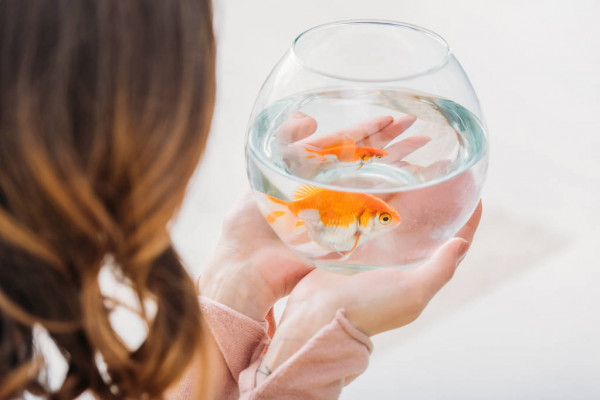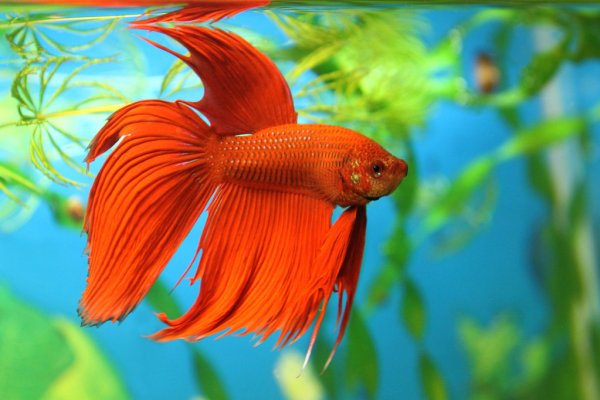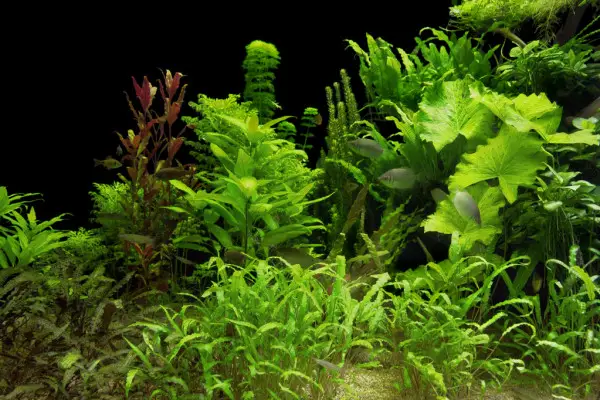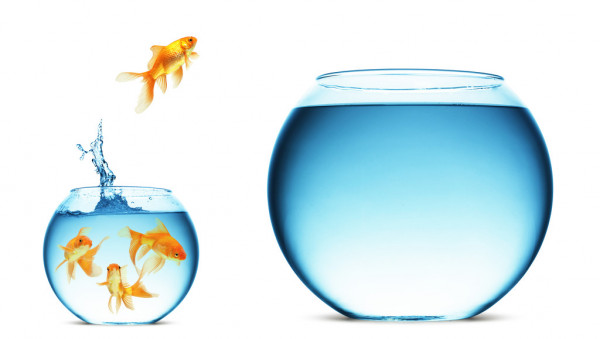People that enjoy using bowls for fish often prefer a minimalist approach when setting the system up. A simple desk or counter space over a stand, natural light over a hood, and so on. This keeps the system looking sleek and attractive; I get it!
But we don’t need to make compromises on the health of our pets in the name of simplicity! A basic filter for fish bowls offers a wealth of benefits and will pay for itself in disease and stress-free pets!
Do I Really Need a Filter for a Fish Bowl?

Absolutely! A good filter adds air to the system as well through increased circulation. Many of the filtration system designs for fish bowls are actually run using an air pump. These models can simultaneously filter the water for impurities and oxygenate the bowl at the same time!
Without a filter, you’ll see your water quality begin to fall within days after each water change. Ammonia, leftover food, and fish waste aren’t being properly processed in a filterless bowl. The water may even begin to stink and grow a thin sheen of decay-causing bacteria. Yuck!
What Fish Can Live Without a Filter?
I don’t really recommend keeping fish trapped in a bowl with no filter. Small filters are very inexpensive in most cases and provide a ton of benefits. These range from increased oxygenation thanks to surface agitation to their ability to break down waste and uneaten food.
But maybe your pet fish are subjected to power outages at times. Or you’re on a tight budget. In that case, you might try keeping a betta fish (Betta splendens). In the wild, bettas can be found in puddles, stagnant ponds, and other bodies of water where the conditions are poor: low dissolved oxygen and high levels of pollutants. These places are where their favorite food lives: insect larvae.
Bettas are so hardy because they have a labyrinth organ, a specialized set of structures that allow them to breathe air. Atmospheric air holds far more oxygen than even well-aerated water generated by an air pump. That said, we still should always strive to keep our pets in a healthy environment instead of being lax in cleanliness because they can tolerate it.

Sponge Filters for Fish Tanks and Bowls
What’s most important when choosing a sponge filter for most people is selecting one that hits as many of the aquarium filter types as possible. To polish aquarium water, you need to provide mechanical, biological, and chemical water filtration. But if you’re missing one of these links, you can always perform water changes more often to compensate. Or keep your fish in a larger aquarium where the extra volume prevents things from getting too foul too quickly.
In a larger power filter, the cotton floss would normally keep the water clear. Sponge filters provide ample mechanical filtration by physically screening out small particles in the water column. Mechanical filters are the simplest form since they can’t act on free-floating problem molecules, but they are still essential!
Sponge filters also provide biological filtration by providing a home for beneficial nitrifying bacteria. See all of those miniature pores in your sponge? Billions of bacteria set up shop there, consuming ammonia and releasing nitrite. And a second set of bacteria eats that nitrite and converts it into nitrate.
Nitrate is the safest form of nitrogenous waste and is well tolerated by fish up to around 20-40 parts per million. That said, it’s still not great for their health at high levels. So you eventually need to remove nitrate in a timely manner through water changes. Plants will also consume nitrate as fertilizer!
Last but not least comes chemical filtration! The vast majority of fish tank and bowl filters use activated carbon (charcoal), which can bind to dissolved organic matter, preventing it from decaying into ammonia. This activated carbon needs to be replaced every couple of weeks; checking on it is always a good idea when performing water changes!
Sponge Filter Maintenance
Simple fish tank filters like sponge filters may not offer all the tricks and benefits of more advanced designs, like canister filters. But for small tanks (5 gallons and under), they do a fine job of keeping the water clean!
All that’s required is taking the time to detach the sponge from the air pump and squeeze it in a container of aquarium water. But there are two things to keep in mind: you should never clean a sponge filter in tap water. Remember those beneficial bacteria I mentioned earlier? The chlorine and chloramine in tap water is a disinfectant and therefore poisonous to them.
Second, don’t try and get the sponge completely sterile. Even if the sponge is completely clogged, we still want to preserve as much bacteria as possible. So get much of the gunk out but leave some behind so you don’t fully reset your aquarium cycle. When this happens, your filter loses its ability to provide proper biological filtration, which can lead to a sudden increase in ammonia levels.
Many filters for fish bowls also have chemical filtration included through activated carbon cartridges. Any activated carbon unit needs replacement during water changes – fortunately, it’s very inexpensive to purchase and quick to swap out!
Undergravel and Power Filters for Fish Bowls
I’m not a fan of adding an under gravel filter to a fishbowl or even a regular tank. These designs pull waste and excess food under the gravel, where it slowly decays. These decay products include ammonia and nitrite, and they aren’t prevented from simply recirculating back to your fish.
Power filters are another option to consider. They provide all three filtration modes: biological, mechanical, and chemical, and are very effective at oxygenating aquariums. Unfortunately, the majority are too strong for a small fish tank. The flow they output would simply blow your pet fish all over the place in a bowl or small tank! However, I managed to find a few sized perfectly for a bowl and included them above in the Recommended Fishbowl Filters section!
Recommended Fish Bowl Filters
Shopping for a fishbowl filter can feel overwhelming with so many options available for aquarists. So we’ve taken the time to curate this list of some of our favorite filtration options for a small fish tank or bowl! These are not only bestsellers but highly effective at providing circulation for tanks and bowls.
| Image | LED Lighting Alternatives | Power | Price |
|---|---|---|---|
 | Penn-Plax Smallworld Filter Cartridge |
| Check Latest Price |
 | AQQA Aquarium Internal Filter |
| Check Latest Price |
 | XEOGUIYA Mini Fish Tank Filter |
| Check Latest Price |
 | AQUANEAT Mini Sponge Filter |
| Check Latest Price |
 | Zyyini Mini Aquarium Filter |
| Check Latest Price |
Using Plants to Filter Fish Waste
Buying air or electric-driven filters is very popular for fish tanks. But what if I told you that you could make your very own biological filtration system for a tank or bowl?
There are aquariums designed to use live plants as a source of filtration! Heavy plant growth can replace a filter entirely because plants use ammonia, nitrite, and nitrate as a source of food. To fish, these are harmful chemicals. But for plants, they are an important source of nitrogen!
Plants also consume the carbon dioxide (CO2) released by fish, releasing oxygen in exchange, which all animals need for survival. And considering how little water circulation and filtration that most bowls have, extra oxygen is always useful!

There is a wide variety of plants that can be kept in a small tank or bowl. So long as you have enough light to help them grow, that is. Just don’t rely on the plants to provide food for the fish, as many goldfish and betta bowls with spider lilies advertise. They suck up excess nitrogen and add some oxygen. But you’ll still need to feed your fish and perform regular water changes as normal.
Anacharis (Egeria densa) is a favorite for many fish bowl keepers. It is a vibrant green plant with soft leaves that enjoys ample light but is otherwise easy to grow. Another is Hornwort (Ceratophyllum sp.).
The more light you have, the more your options open up. One advantage that fish bowls have over a tank is that they are usually much shallower. This means that it’s easier to get bright light all the way down to the bottom, where carpeting plants grow.
Wrapping Things Up

New aquarists often buy fish bowls for their simplicity and beauty. While they can be small and simple, I still recommend having a filter in a bowl. Fish create waste like any other animal, and those agents need to be cleaned up to avoid stress and disease. Filters also circulate the water, providing oxygen and preventing the water from becoming stagnant and smelly.
If you have an aversion to using any more technology in your fish bowl, then consider adding live plants instead! Once established, they do everything that a standard filter does while providing an extra dose of beauty to the environment. They do need ample lighting – but a bowl is shallow enough for even a small light to be enough. And if you have a nearby window, then natural light can also keep your plants thriving and, by extension, your fish healthy!

